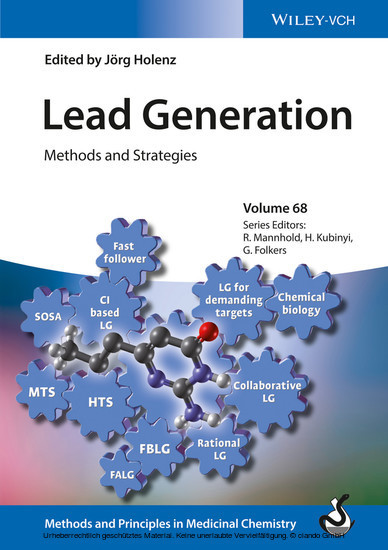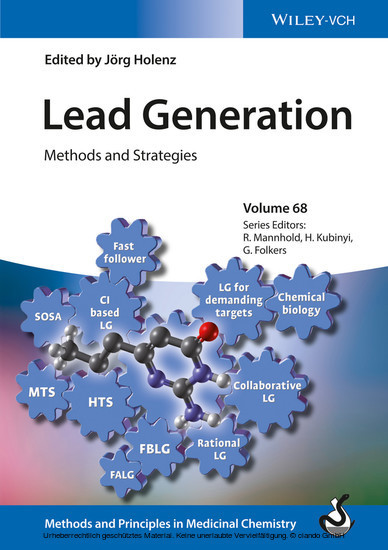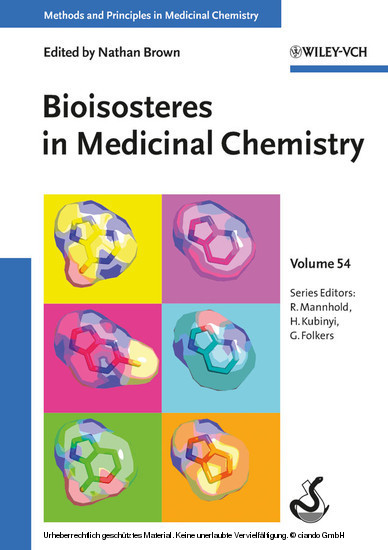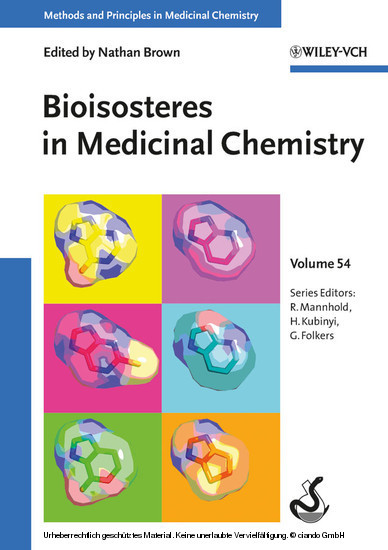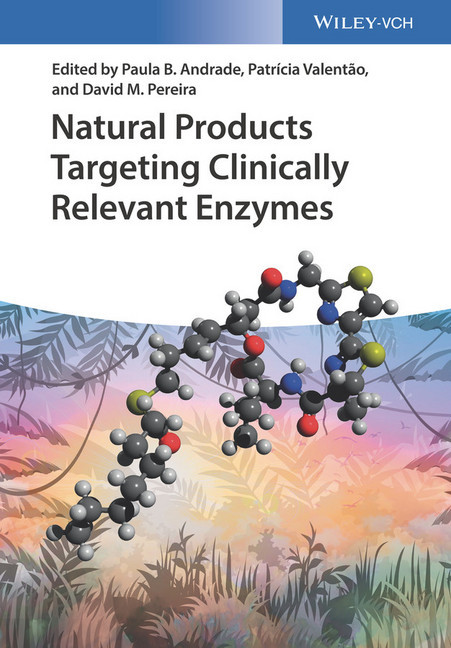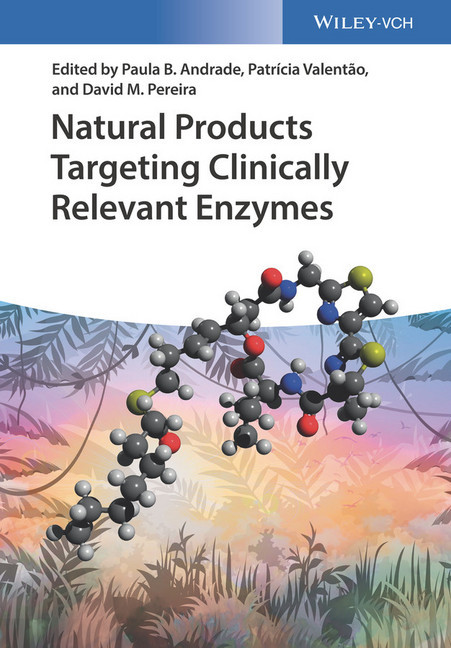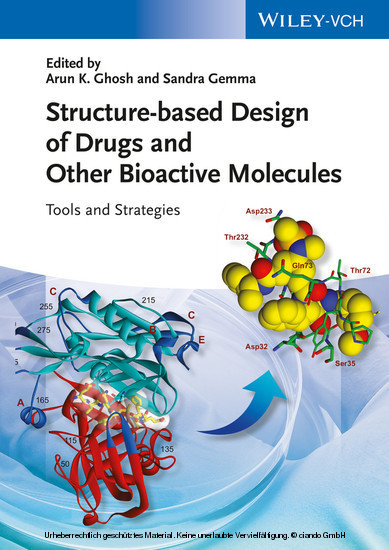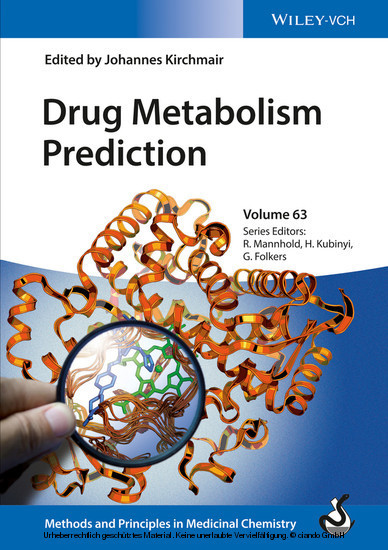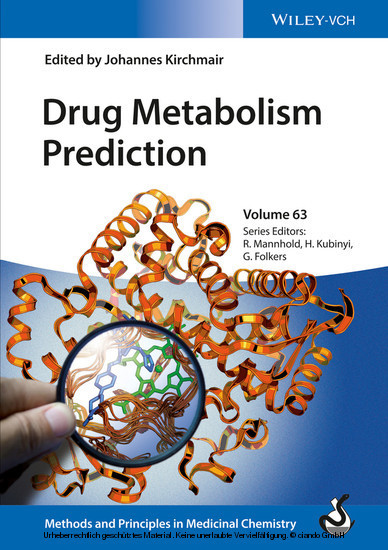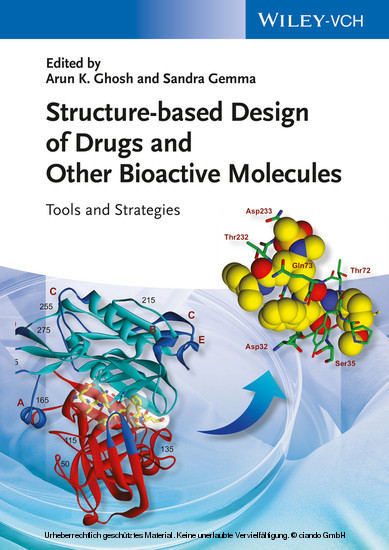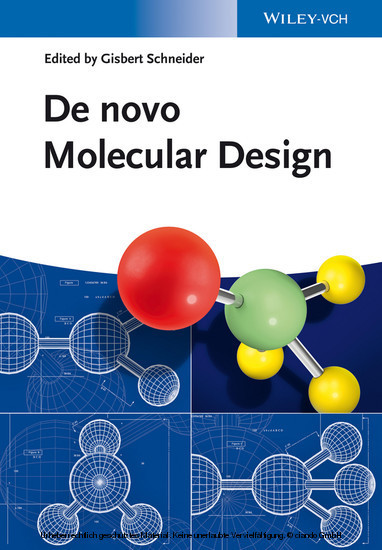Lead Generation
Methods and Strategies
In this comprehensive two-volume resource on the topic senior lead generation medicinal chemists present a coherent view of the current methods and strategies in industrial and academic lead generation. This is the first book to combine both standard and innovative approaches in comparable breadth and depth, including several recent successful lead generation case studies published here for the first time.
Beginning with a general discussion of the underlying principles and strategies, individual lead generation approaches are described in detail, highlighting their strengths and weaknesses, along with all relevant bordering disciplines like e.g. target identification and validation, predictive methods, molecular recognition or lead quality matrices. Novel lead generation approaches for challenging targets like DNA-encoded library screening or chemical biology approaches are treated here side by side with established methods as high throughput and affinity screening, knowledge- or fragment-based lead generation, and collaborative approaches. Within the entire book, a very strong focus is given to highlight the application of the presented methods, so that the reader will be able to learn from real life examples. The final part of the book presents several lead generation case studies taken from different therapeutic fields, including diabetes, cardiovascular and respiratory diseases, neuroscience, infection and tropical diseases.
The result is a prime knowledge resource for medicinal chemists and for every scientist involved in lead generation.
Joerg Holenz is a trained organic and medicinal chemist and acquired his PhD in Germany on the synthesis of alkaloids as antimalarial agents. After leading the preclinical activities of the marketed analgesic Tapentadol (Grunenthal Pharmaceuticals GmbH), he headed the medicinal chemistry department of Barcelona-based Laboratorios Esteve. He then moved to AstraZeneca's CNS/ pain research unit in Sweden to head lead generation chemistry. In 2012, Joerg was selected to join AZ's newly formed 'virtual' neuroscience unit in Boston as director of discovery and preclinical sciences. As a project leader he is responsible for pioneering a novel concept of driving research and development projects via increased use of academic and industry collaborative networks. In his career, Joerg worked predominantly with peripheral and central targets in the pain and neuroscience disease areas. He has edited, authored or contributed to more than 45 publications, 50 patent applications and several books and book chapters.
Beginning with a general discussion of the underlying principles and strategies, individual lead generation approaches are described in detail, highlighting their strengths and weaknesses, along with all relevant bordering disciplines like e.g. target identification and validation, predictive methods, molecular recognition or lead quality matrices. Novel lead generation approaches for challenging targets like DNA-encoded library screening or chemical biology approaches are treated here side by side with established methods as high throughput and affinity screening, knowledge- or fragment-based lead generation, and collaborative approaches. Within the entire book, a very strong focus is given to highlight the application of the presented methods, so that the reader will be able to learn from real life examples. The final part of the book presents several lead generation case studies taken from different therapeutic fields, including diabetes, cardiovascular and respiratory diseases, neuroscience, infection and tropical diseases.
The result is a prime knowledge resource for medicinal chemists and for every scientist involved in lead generation.
Joerg Holenz is a trained organic and medicinal chemist and acquired his PhD in Germany on the synthesis of alkaloids as antimalarial agents. After leading the preclinical activities of the marketed analgesic Tapentadol (Grunenthal Pharmaceuticals GmbH), he headed the medicinal chemistry department of Barcelona-based Laboratorios Esteve. He then moved to AstraZeneca's CNS/ pain research unit in Sweden to head lead generation chemistry. In 2012, Joerg was selected to join AZ's newly formed 'virtual' neuroscience unit in Boston as director of discovery and preclinical sciences. As a project leader he is responsible for pioneering a novel concept of driving research and development projects via increased use of academic and industry collaborative networks. In his career, Joerg worked predominantly with peripheral and central targets in the pain and neuroscience disease areas. He has edited, authored or contributed to more than 45 publications, 50 patent applications and several books and book chapters.
Holenz, Jörg
Mannhold, Raimund
Kubinyi, Hugo
| ISBN | 9783527677061 |
|---|---|
| Artikelnummer | 9783527677061 |
| Medientyp | E-Book - ePUB |
| Copyrightjahr | 2016 |
| Verlag | Wiley-VCH |
| Umfang | 824 Seiten |
| Sprache | Englisch |
| Kopierschutz | Adobe DRM |

